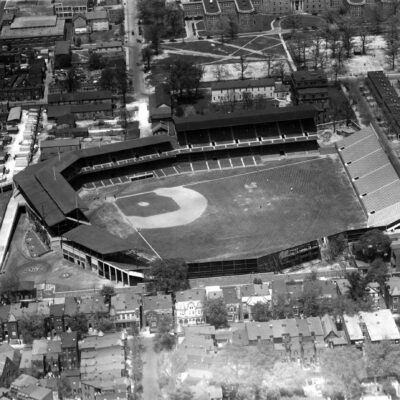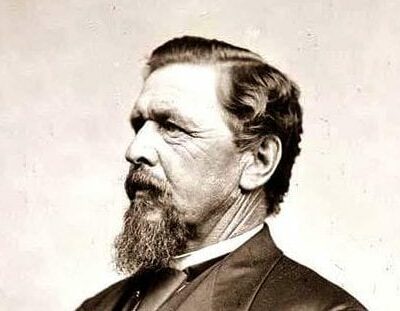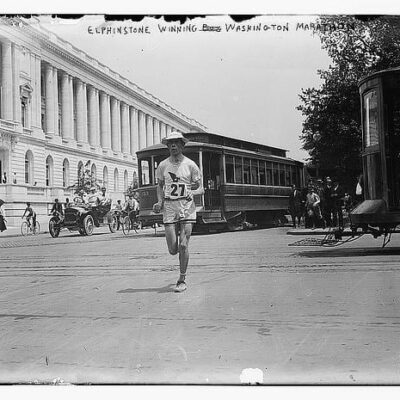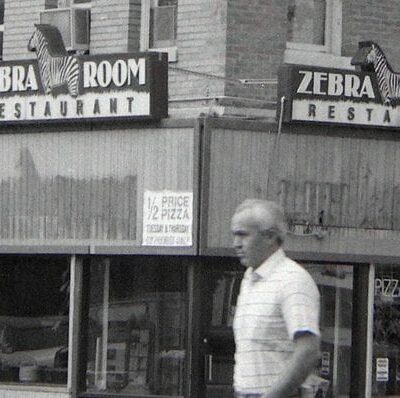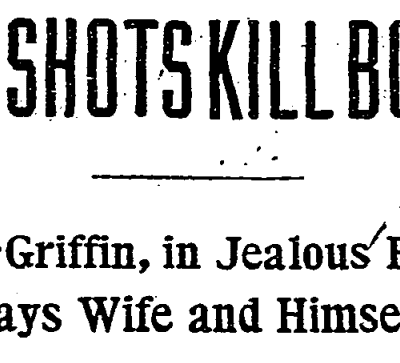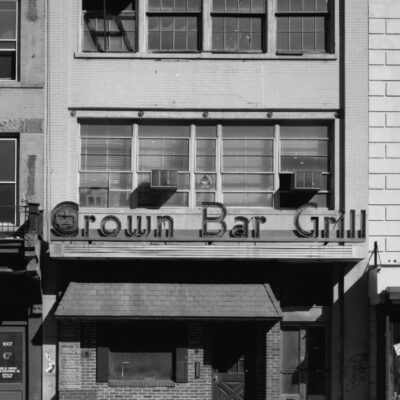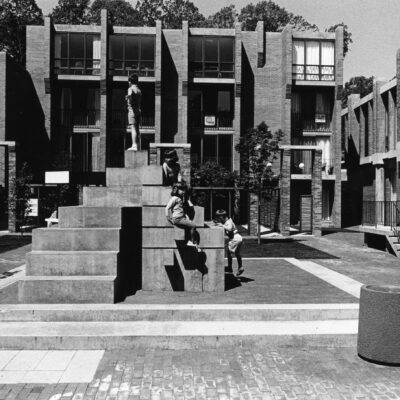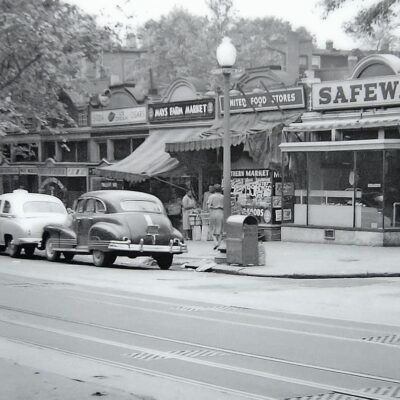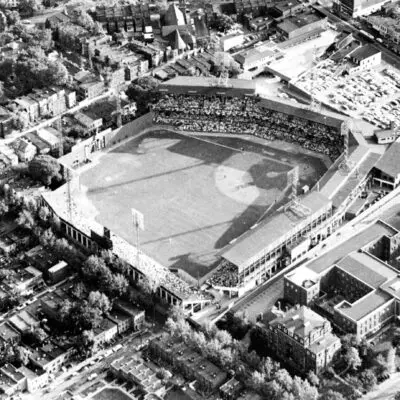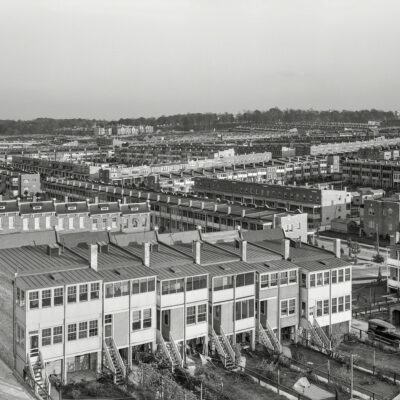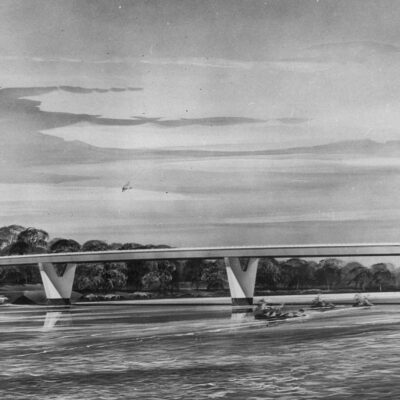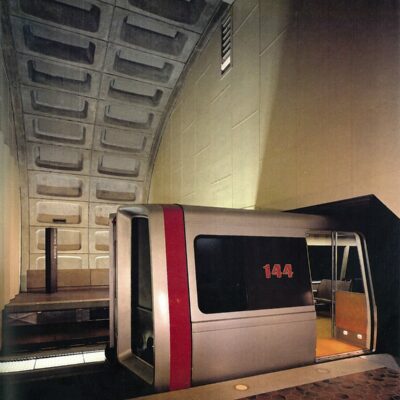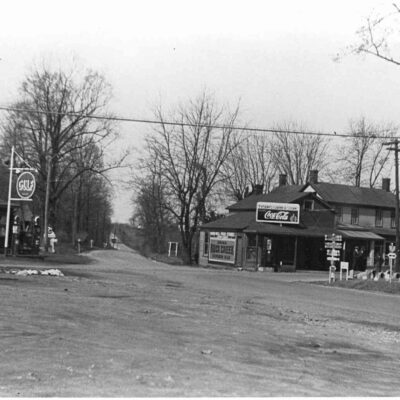
This is such a bizarre story, not unlike the horse that impaled itself on that same fence.
This story was printed in the Baltimore Sun on October 11th, 1890.
Washington, Oct. 10.–One of the most remarkable suicided ever known in this city occurred tonight. A young man whose name is thought to be Edward Caton, killed himself by forcing his neck between the iron palings of the fence that surrounds the grounds at the back of the White House. Exactly what time the suicide occurred is not known, for after the gates of the White House grounds are closed, but few people pass around the circular walk that skirts them, just outside the iron fence. The fence itself is about five feet high, with the iron palings, about two and a half inches apart, projected six inches above the iron rail that holds them in place. There are both gas and electric lights about the place, but owing to the branches of the heavy trees which overhang the walk from the grounds of the Executive Mansion it is dimly lighted, and from any distance objects can scarcely be distinguished. Directly south of the White house and at one of the darkest points on the walk the suicide occurred.
A young mulatto woman, who was hastening through the grounds on her way homeward from some place of employment down town, discovered the body about 7.30 o’clock. The darkness prevented her from seeing that the man was dead, but the attitude and, as she supposed, the intent with which he was peering through the fence at the Executive Mansion caused her to think that some thing was wrong, and she retraced her stp and informed a park watchman of what she had seen. The watchman hastened to where he stood and was about to accost him, when he discovered that the man’s neck was jammed between the iron palings of the fence until the front portion rested upon the iron rail.
The watchman at once summoned police man Heller to his assistance, and together they extricated the man from his position. This was not done, however, without considerable difficulty, for so closely did the palings grip the neck of the suicide that it required a strong effort on the part of both the officers to release him.
The body was still warm, and as soon as a patrol wagon was summoned it was placed in it and the horse driven at a furious gallop to the Emergency Hospital, where it was hoped that consciousness might be restored, but medical assistance came too late, and all the physicians could do was to determine that life was extinct.
In the pockets of the deceased were found cards bearing the name of Edw. Caton, and showing that Caton had been a member of the Knights of Labor and also of the Printers’ Union, but whether or not Caton and the dead man were identical the police were unable to determine. In consequence nothing is known either of the man’s circumstances or the causes that led him to take his own life except the cards referred to. Neither documents nor money were found in the dead man’s pockets.
It was thought for a time by police that possibly the man had been foully dealt with and his neck jammed between the palings in order to give his death the appearance of suicide. A careful examination of the place where the body was found was therefore made, but no signs of a scuffle having taken place or of blood spilled could be discovered, nor did the body show marks of violence except at the neck where the iron fence had gripped it, while the neat suit of black clothes in which it was dressed were not in any way disarranged.
Late tonight it was ascertained that Caton was a cigarmaker, employed in West Washington.
We were able to dig up Edward Caton in the 1880 U.S. Census, which listed him as a 20-year-old cigar maker, living as a boarder on Bridge St. (current-day M St. in Georgetown).

Source: Ancestry.com
